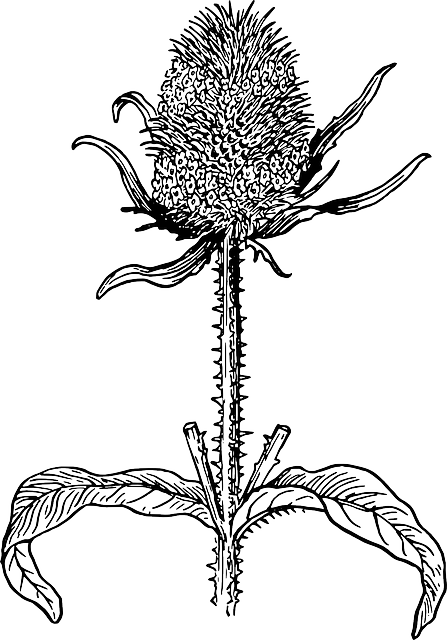The THCA flower, a non-psychoactive form of cannabinoid that converts to THC upon heating, has garnered interest for its potential health benefits including anti-inflammatory, analgesic, and neuroprotective properties. Users should start with a low dose of 5 to 10 milligrams orally as the effects can be potent, with a conservative approach recommended for new users. The effects typically set in within 30 minutes to 2 hours after consumption. It's crucial to exercise patience and not increase the dosage too quickly due to THCA's long-lasting impact and the potential for strong reactions at higher cumulative doses. A waiting period of at least four to six hours is advisable between doses. Individual factors like weight, metabolism, and existing tolerance play a role in finding the right dosage. It's important for users to consult with healthcare professionals, especially those with health issues or taking other medications, to ensure safe use of THCA flower. Adhering to these dosage guidelines can help users safely explore the potential benefits of THCA flower while minimizing risks associated with adverse effects.
Explore the nuanced effects of THCA flower, a non-psychoactive cannabinoid gaining attention for its therapeutic potential. Dive into the comprehensive guide that elucidates its properties and discusses the side effects one may encounter. Gain insights on the optimal dosage to minimize adverse reactions, ensuring safe exploration of THCA’s benefits. This article serves as a vital resource for understanding how to responsibly incorporate THCA flower into your wellness regimen.
- Understanding THCA Flower and Its Potential Side Effects
- Dosage Guidelines for THCA Flower to Mitigate Adverse Reactions
Understanding THCA Flower and Its Potential Side Effects

THCA, or tetrahydrocannabinolic acid, is a non-psychoactive cannabinoid found in raw cannabis plants and represents the precursor to THC, which is its decarboxylated form. The THCA flower, rich in this compound, has garnered attention for its potential therapeutic benefits. While research on THCA is ongoing, it’s understood that it may possess anti-inflammatory, analgesic, and neuroprotective properties. However, like any substance, it’s important to approach THCA flower with caution. Users should be aware of the dosage guidelines to mitigate potential side effects.
The recommended THCA flower dosage can vary significantly based on individual physiology, tolerance, and desired effect. New users are advised to start with a low dose to assess their body’s response before gradually increasing the amount. Common side effects may include drowsiness, dry mouth, and reduced blood pressure. Users should also be mindful of how THCA interacts with other medications they might be taking. It’s crucial to consume THCA flower responsibly and within the legal framework of one’s jurisdiction. Adhering to dosage guidelines is key to a safe experience, as overconsumption could lead to more pronounced side effects or adverse reactions. Always consult with a healthcare professional before incorporating THCA flower into your wellness routine.
Dosage Guidelines for THCA Flower to Mitigate Adverse Reactions

Navigating the correct dosage for THCA (Tetrahydrocannabinolic Acid) flower is paramount to mitigate potential adverse reactions. THCA, the raw form of THC (Tetrahydrocannabinol), interacts with the body’s endocannabinoid system and can exert various effects, including pain relief and anti-inflammatory properties. Prospective users should start with a low dosage to gauge individual sensitivity, as the effects of THCA can be potent. Typically, a small dose ranges from 5 to 10 milligrams, ingested orally, with effects starting to manifest within 30 minutes to 2 hours. It is advisable to wait for several hours before increasing the dosage, as effects can last long and cumulative dosing may amplify the intensity of outcomes. Users should always adhere to product-specific guidelines, which often recommend waiting at least four to six hours between doses. Consistency in timing and amount can help users maintain a stable level of THCA in their system, reducing the likelihood of adverse reactions. It is also crucial to consider individual factors such as weight, metabolism, and tolerance when determining personal dosage, as these can influence how one responds to THCA. Consulting with a healthcare professional before incorporating THCA flower into any regimen is always recommended, especially for those with pre-existing health conditions or those taking other medications. Adherence to dosage guidelines is key to enjoying the potential benefits of THCA flower while minimizing the risk of unwanted side effects.
When incorporating THCA flower into one’s wellness routine, adherence to dosage guidelines is paramount for safely mitigating potential side effects. This article has shed light on the nature of THCA flower and its associated effects, offering a comprehensive guide on safe consumption practices. By understanding the nuances of THCA and following the recommended dosage guidelines, individuals can better navigate the benefits and risks associated with this cannabinoid. It is always advisable to approach new supplements with caution and to consult with healthcare professionals when integrating them into your health regimen.
